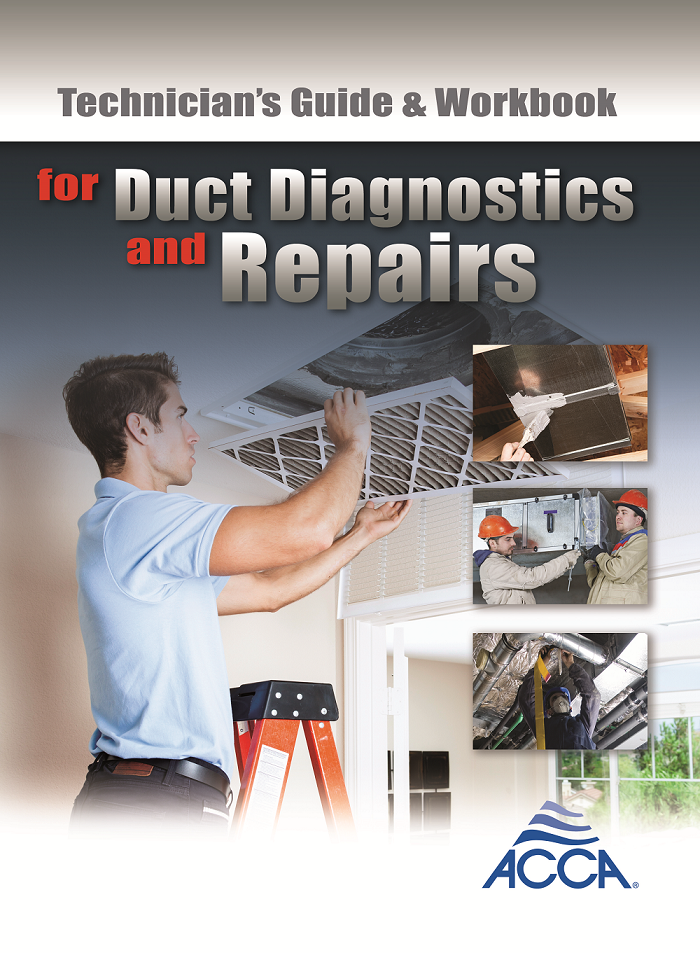Many people agree that duct cleaning will save energy. What they want to know is how much? What is the return on investment? If you are calculating true ROI for duct cleaning, you must take into account the environmental benefits — which is, for today, “the other half of the story.”
Building owners, managers and operators are constantly weighing the cost of maintenance and repair versus upgrades and replacements. Energy efficiency through duct cleaning is relatively easy to quantify. Studies have shown that airflow and coil heat transfer after proper duct cleaning saves energy and money.
The National Air Duct Cleaners Association commissioned the University of Colorado-Boulder to conduct an in-depth study of savings realized through complete cleaning of fouled heating and cooling systems. Based on the total cleaning of heating and air-conditioning systems in accordance with NADCA’s assessment, cleaning and restoration standard, which includes replacing the filter, cleaning the ductwork, blower, coils and other airside system components. Researchers developed a computer model to help quantify the energy savings that could be attained through proper maintenance of indoor air systems. It was determined that even lightly fouled systems, when cleaned, will realize an 11 percent energy savings. It’s not hard to figure out how that correlates to your wallet.
What is this?
Not everyone knows what duct cleaning actually is. So, it’s important to note that “duct cleaning” is not just duct cleaning. The proper term is actually duct remediation. Duct cleaning or remediation generally refers to the various heating and cooling system components of forced-air systems, including the supply duct, return ducts, registers, grilles and diffusers, heat exchangers, heating and cooling coils, condensate drain pans, fan motors, fan housings and interior air-handling unit surfaces — basically anything internal to the air-conveyance system.
In commercial buildings all the same applies, plus all other air moving equipment and their components are included. The entire building’s energy use is affected by all the HVAC equipment within it. Exhaust fans, makeup-air fans, ventilation equipment, 100 percent outside-air units, internal duct components, controls and sensors function properly and operate more cost efficiently when they are clean.
Billions of dollars are spent every year on HVAC duct design. From the day it’s installed, the original intent slowly degrades as debris accumulates. Designs are based on pristine, clean equipment. Today’s engineers design closer and closer to “safety factors.” All it takes is a little lack of care and maintenance to result in a decrease in equipment performance. In every case where this occurs, it will cost more to operate the equipment, period. The equipment will not perform as designed because the design engineer’s “pristine” system performance calculations no longer apply. Systems get dirty.
IAQ
Depending on the amount of debris that has accumulated, building owners could now be faced with “the other half of the story”: compromised indoor environmental quality, also known as indoor air quality. IAQ does not just refer to mold, contamination and the health of the occupants. It also refers to occupant comfort. Temperature, dehumidification, humidification, air flow and air balance are all compromised in a dirty HVAC system. Occupant complaints about comfort should be addressed. If ignored, the next complaint could be environmental or health related which could be more complicated — and probably more expensive — to fix.
For those in the indoor environmental and associated fields, dirty HVAC systems costing money has become an educational challenge. It’s common sense to HVAC system cleaners. Building owners, however, seldom address dirty HVAC proactively. Typically they will not act until economic drivers come into play. There is more than enough third-party documentation and science available to justify duct remediation when it’s needed.
Owners should proactively contact a duct cleaning professional for an assessment. Building HVAC systems cleaning and maintenance should be done over a property’s lifecycle. Once HVAC systems degrade to the point that risk management becomes the economic driver, it’s not just the cost of duct remediation that is considered, but also the cost of not improving the property, also known as risk.
Investments
This brings us back to the question of ROI. You cannot calculate ROI based on energy savings alone. You must include the indoor environmental benefits. Otherwise, you’re not telling the whole story.
Quantifiable data is great and everyone wants it, but the problem is that people will debate the data. At some point, common sense and science should win out over skepticism. Potential customers with an open mind and the financial ability to make improvements will seriously consider duct cleaning. The ethical and socially responsible environmental benefits for their building occupants are added benefits that come with the energy efficiency achieved through duct cleaning.
When discussing energy efficiency, do not leave out the indoor environmental benefits. Clean, energy efficient HVAC systems save money and bring quantifiable indoor environmental benefits. It could even be said that environmentally pleasing buildings make money. They are more marketable because they are comfortable, they smell fresh, occupants are more productive and liability is reduced.
Larry Pearson is an HVAC contractor and president of Bradenton, Fla.-based Panoramic Building Performance Solutions. Contact him at (941) 755-7122 or email larry@panoramicbps.com. NADCA Executive Director Jodi Araujo contributed to this article. For reprints, contact Renee Schuett at (248) 786-1661 or email schuettr@bnpmedia.com.











